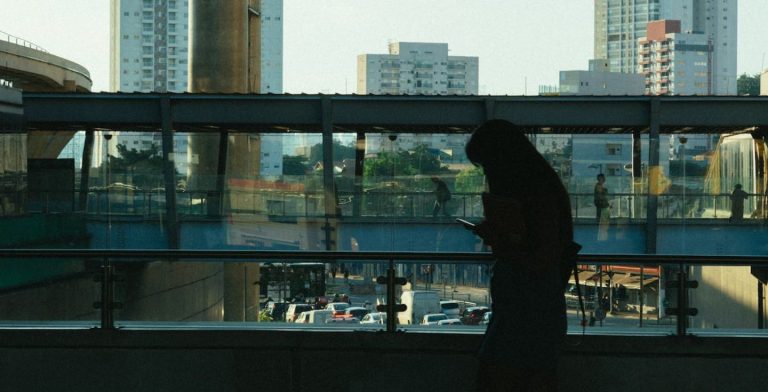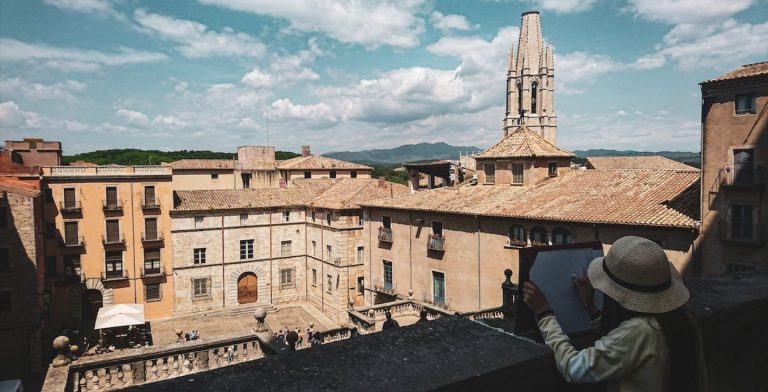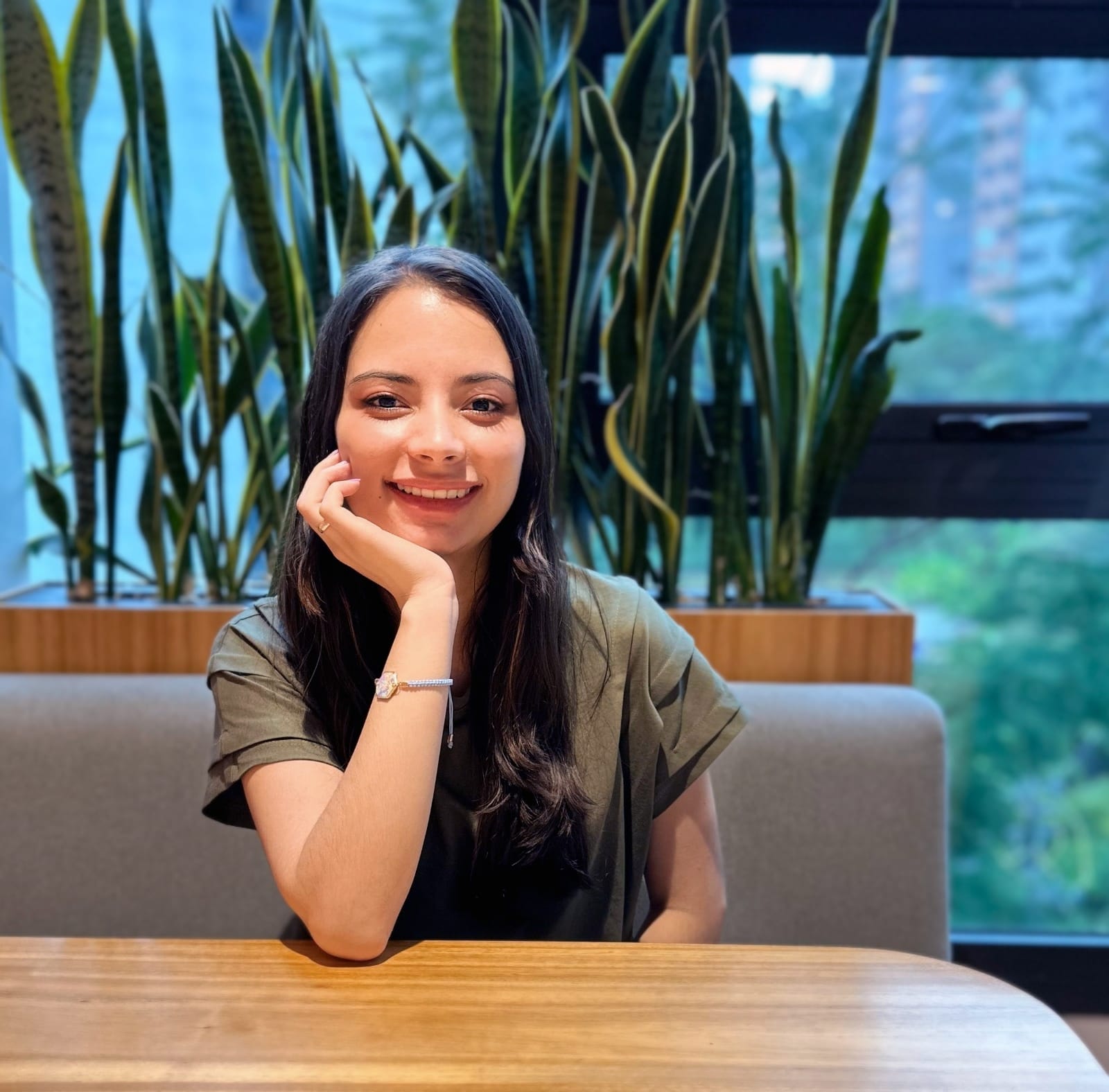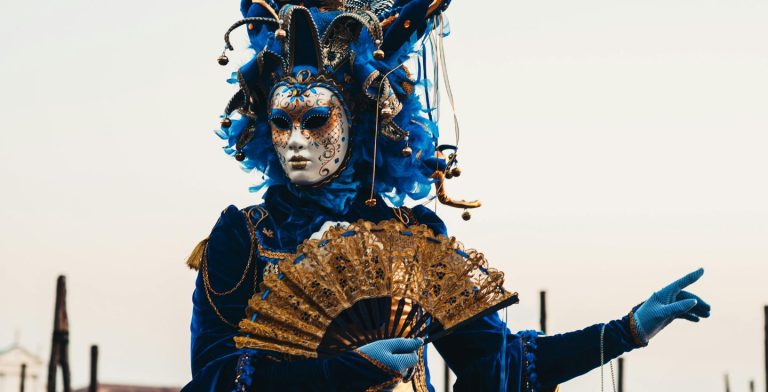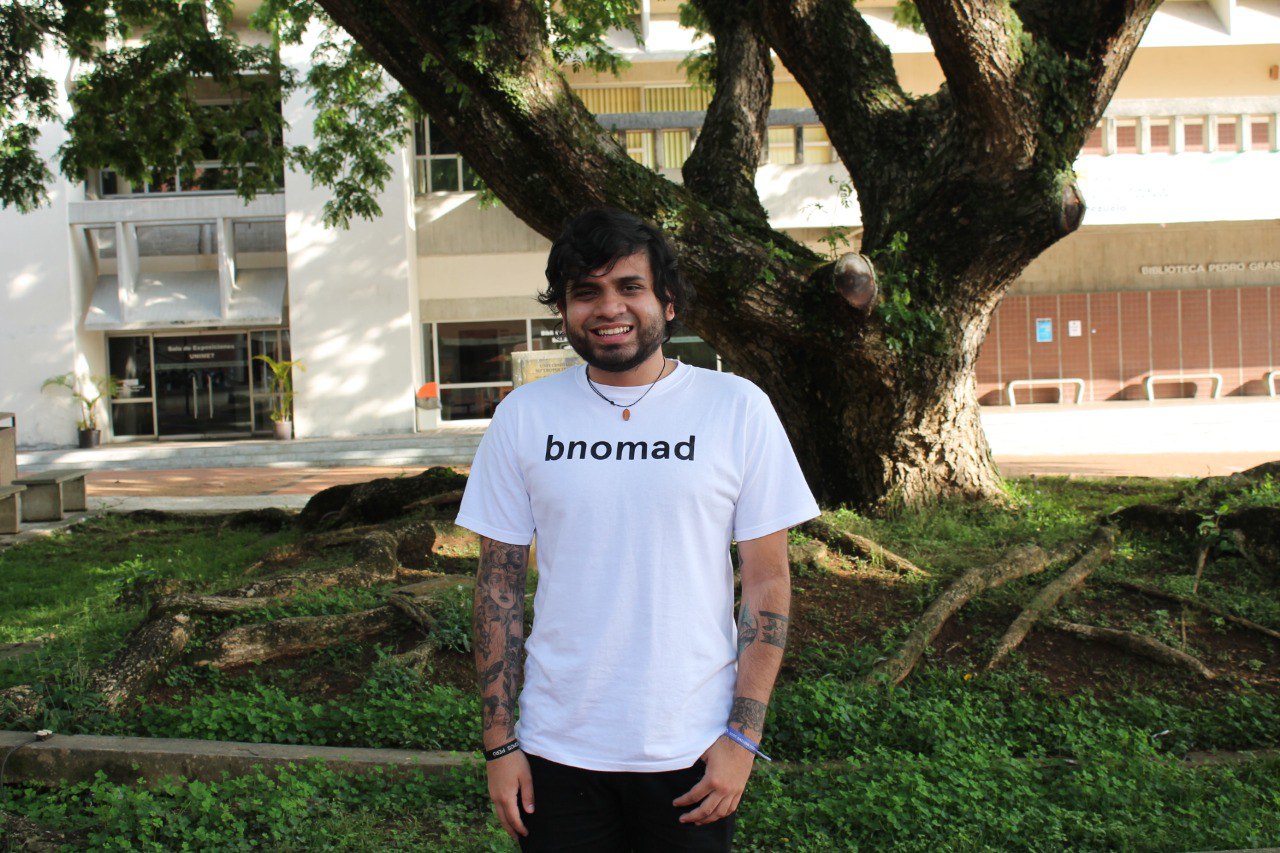Morocco souvenirs: From souks to suitcases
Uncover top Morocco souvenirs and where to buy them—from Berber carpets to beauty products—with smart tips for packing and shipping.
When you visit Morocco, your suitcase somehow comes back heavier. The culprits are the irresistible Morocco souvenirs. That Berber carpet with its neutral tones? Couldn’t resist. Those bright colors, hand-painted ceramics? Must-haves. Those leather babouches? Coming home with you, too.
With temptations in every city and limited checked luggage space, what’s really worth bringing back?
This guide you through the best places for shopping in Morocco — from lively medinas to small mountain villages in the Middle Atlas — to find higher quality treasures (not tourist knockoffs) and negotiate from asking price to the final deal. Here’s your Morocco roadmap to the best souvenirs that will keep your Moroccan adventure alive for years!
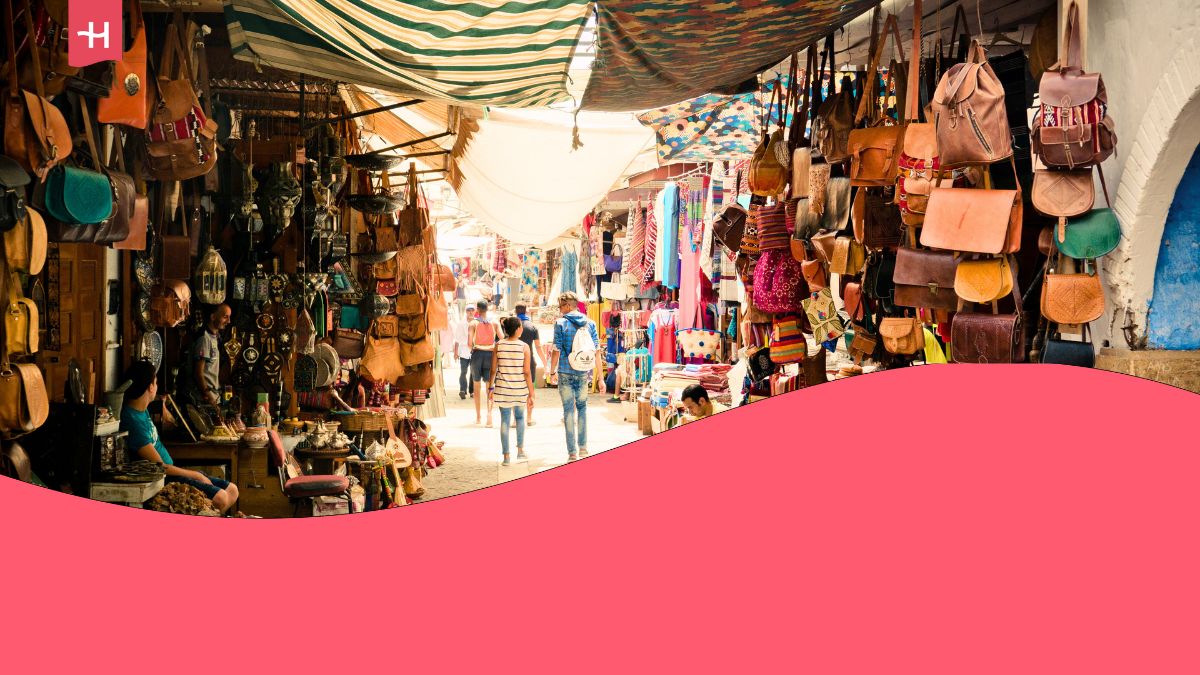
Moroccan spices: Flavors of North Africa
No visit to Morocco is complete without bringing home fresh spice blends to remind you of the delicious Moroccan specialties. The legendary Ras el Hanout (“top of the shop”) contains up to 30 different spices, including cumin, cinnamon, and sometimes rose petals.
Atlas Mountain saffron is another culinary gem worth seeking — just watch for authenticity. Premium dates, especially caramel-like Medjool varieties, make perfect edible souvenirs that travel well.
- Ras el Hanout: The legendary blend of up to 30 spices, unique to each vendor.
- Saffron: Seek out saffron from the Atlas Mountains with its golden yellow color and strong aroma.
- Edible extras: Medjool dates and roasted seeds make great Moroccan gifts that travel well.
- What can you buy with 100 Moroccan dirham?: 3–4 small spice bags including Ras el Hanout.
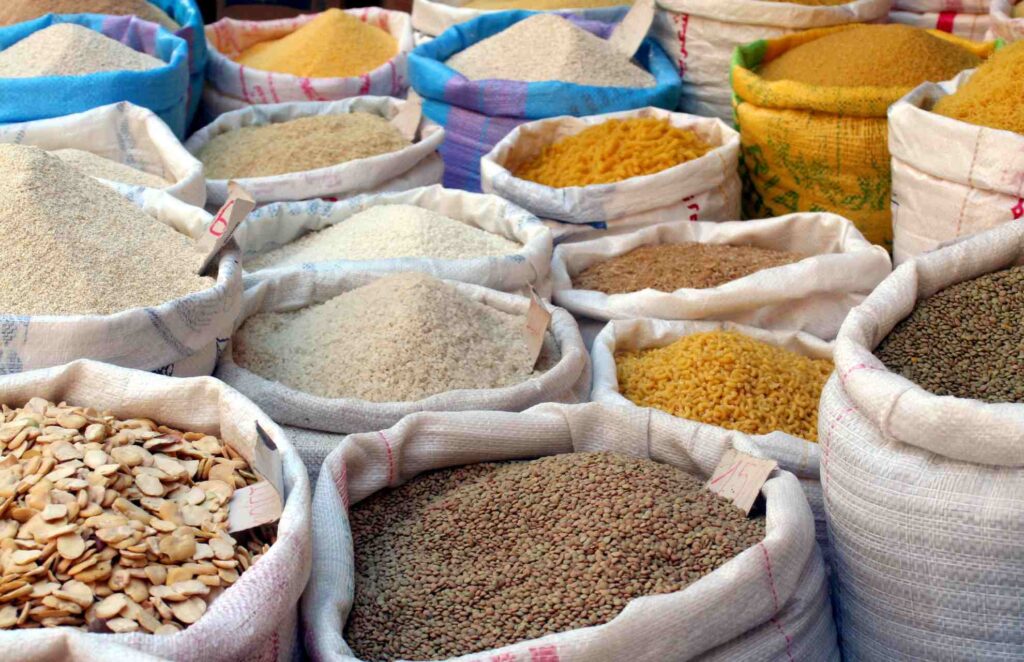
Argan oil: Morocco’s liquid gold
This is undoubtedly one of the top souvenirs from Morocco, and for good reason. Produced exclusively in southern Morocco by women’s cooperatives, true argan oil requires painstaking manual work. Look for both cosmetic varieties for skin and hair and culinary versions for drizzling over dishes.
- Origins: Produced in southern Morocco by women’s cooperatives using traditional methods.
- Types: Culinary argan oil for food, cosmetic for skin and hair.
- Tip: Genuine oil has a subtle nutty scent and amber tone. Avoid pale yellow versions — they’re likely diluted.
- What can you buy with 100 Moroccan dirham?: 30ml of cosmetic argan oil from a local cooperative.
Berber carpets and Moroccan rugs
Moroccan rugs are among the most iconic and top souvenirs to bring home — each one tells a story through its patterns and weaving style.
- Craftsmanship: Handwoven in the Middle Atlas Mountains, often using natural dyes.
- Styles: Geometric patterns, traditional Berber symbols, and vibrant colors.
- Travel-friendly option: Choose smaller rugs or beautiful scarves inspired by the same motifs.
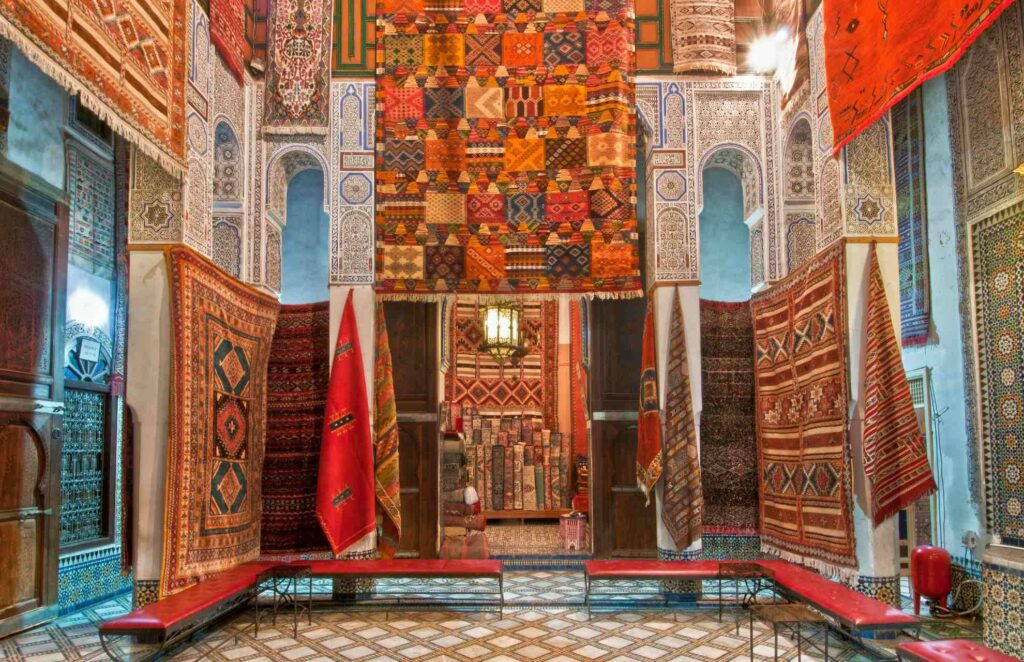
Moroccan ceramics
Moroccan ceramics showcase craftsmanship with bright colors that transform meals into celebrations. Fez is renowned for distinctive blue patterns, while other regions have their own unique designs. Whether you choose a decorative tagine, hand-painted tea glasses, or a serving platter, these pieces will bring Moroccan style to your home.
- Fez ceramics: Known for intricate blue-and-white patterns.
- Tagines: Decorative or functional, these pots bring a flair of Morocco to your table.
- Test before you buy: Gently tap — a clean, resonant sound means good quality.
- What can you buy with 100 Moroccan dirham?: A ceramic coffee mug or a small hand-painted plate.
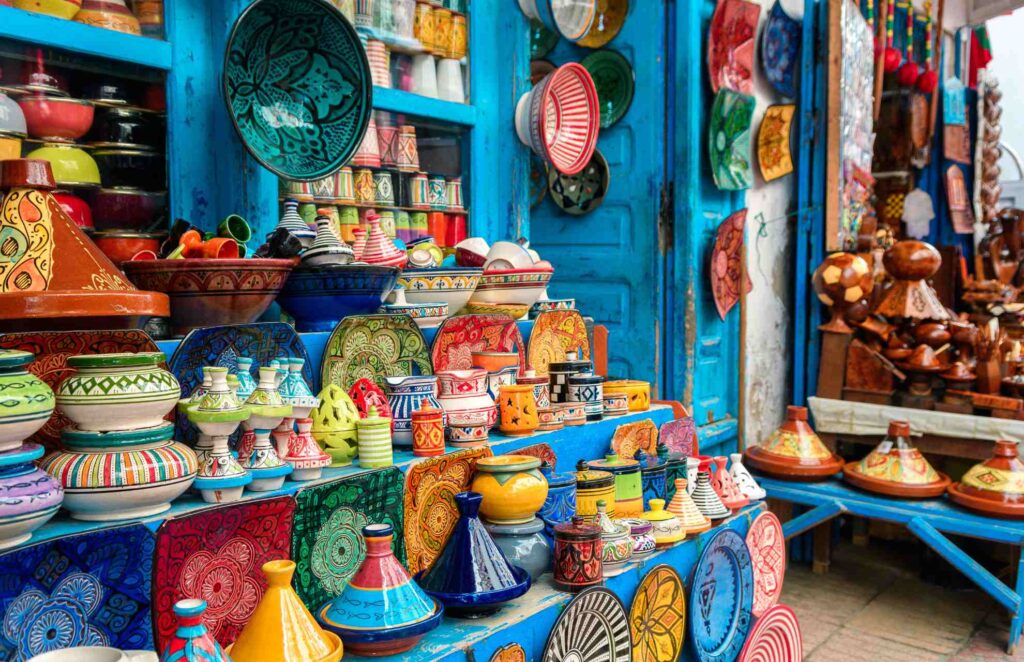
Moroccan lanterns
Beautifully crafted metal lanterns make great souvenirs that add to any interior design. Hand-punched in brass with intricate geometric patterns, these lamps cast lovely shadows.
- Materials: Hand-punched brass or iron, often painted or left natural.
- Sizes: From tiny decorative pieces to large statement lights.
- Tip: Ask about North American wiring — many artisans now offer it.
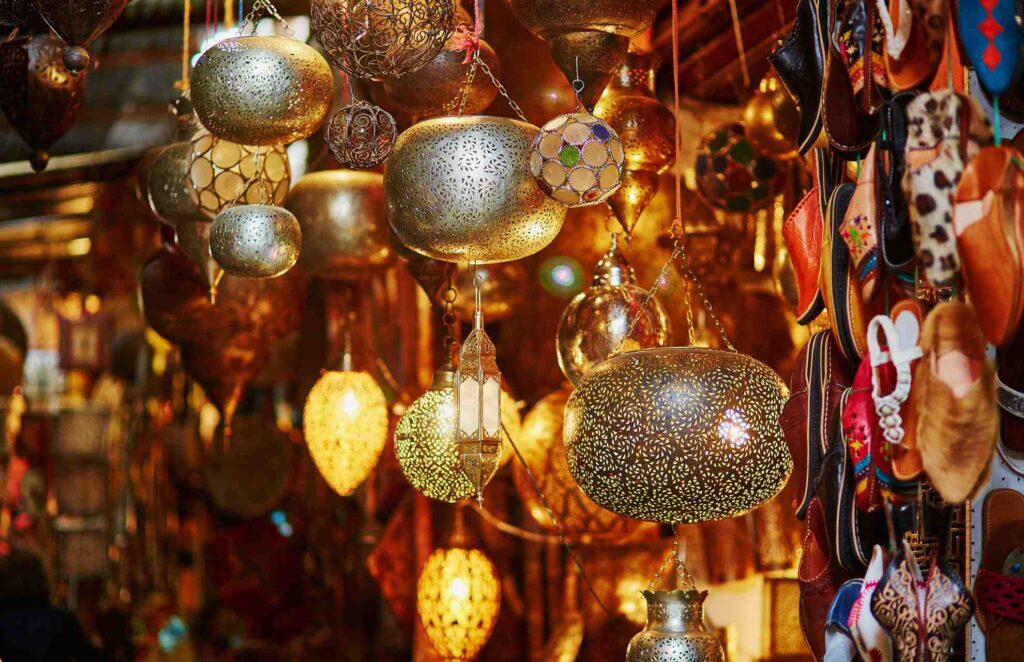
Leather goods
Fez’s famous tanneries use old techniques to create soft, durable leather products that get better with age. From traditional Moroccan leather slippers called babouches in every color imaginable to handbags and leather jackets, these pieces represent one of Morocco’s most celebrated crafts. This is where traditional products meet modern appeal.
- Products: Slippers (babouches), jackets, handbags, belts.
What to look for: Supple leather, sewn soles, and clean finishing. - Better deals: Do your shopping in Morocco at shops off main souks for better prices and quality.
- What can you buy with 100 Moroccan dirham?: 2 leather keychains or a small wallet from a local leather shop.
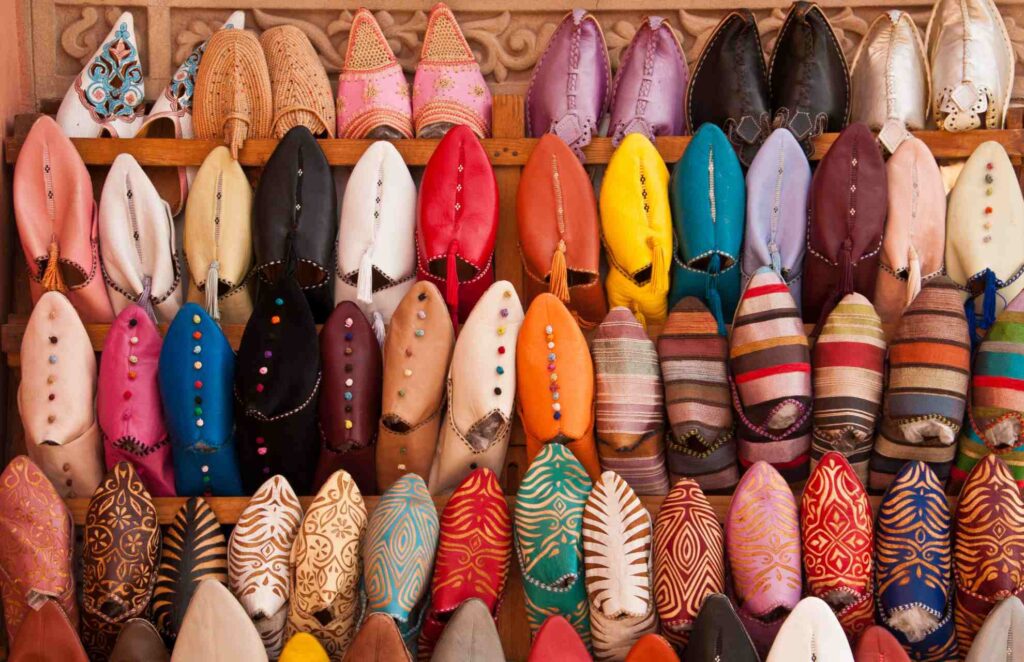
Moroccan jewelry
Moroccan jewelry features silver pieces with geometric patterns, often with enamel work. Berber and Tuareg designs are great conversation starters.
- Styles: Berber and Tuareg silver pieces with symbolic motifs.
- Materials: Look for the “925” sterling silver mark.
- Bonus: Jewelry often comes with great stories from vendors.
- What can you buy with 100 Moroccan dirham?: A simple brass bracelet or small silver-plated earrings.
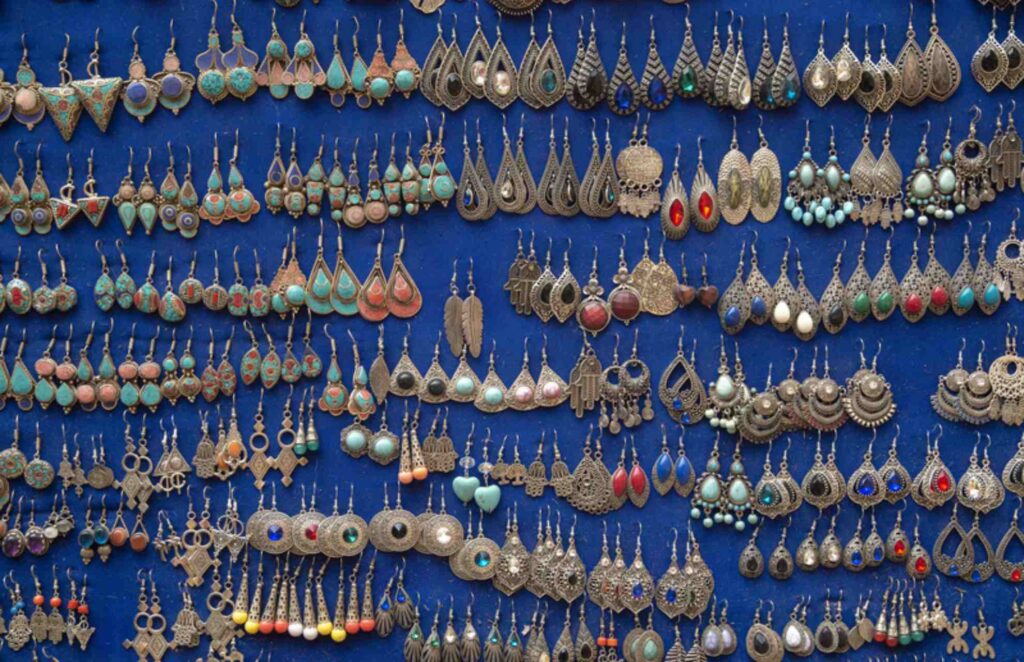
Tea culture and Moroccan teapots
The tea ceremony is part of Moroccan hospitality. Create your own ritual with a beautiful teapot, colorful cup, and authentic “gunpowder” green tea, which you’ll blend with fresh mint for an afternoon pick-me-up that transports you back to Moroccan cafes.
- What to buy: Gunpowder green tea, silver teapots, colorful glass cups.
- Features: Long spouts and fitted lids help pour tea with flair.
- Pro tip: Strong handles are a must — test before buying.
- What can you buy with 100 Moroccan dirham?: A set of 3–4 Moroccan tea glasses or a tin of gunpowder green tea.
Traditional Moroccan clothes
From comfortable djellabas (hooded robes) to elegant caftans, Moroccan clothing is practical and beautiful. A lightweight cotton robe is perfect for lounging or beach cover-up. For special occasions, embroidered pieces are the pinnacle of Moroccan textile artistry.
- Items: Djellabas, caftans, embroidered robes.
- Materials: Look for natural fibers like cotton and wool.
- Craftsmanship: Check the inside — neat stitching signals quality work.
- What can you buy with 100 Moroccan dirham?: A modest cotton scarf or a small handmade fabric pouch.
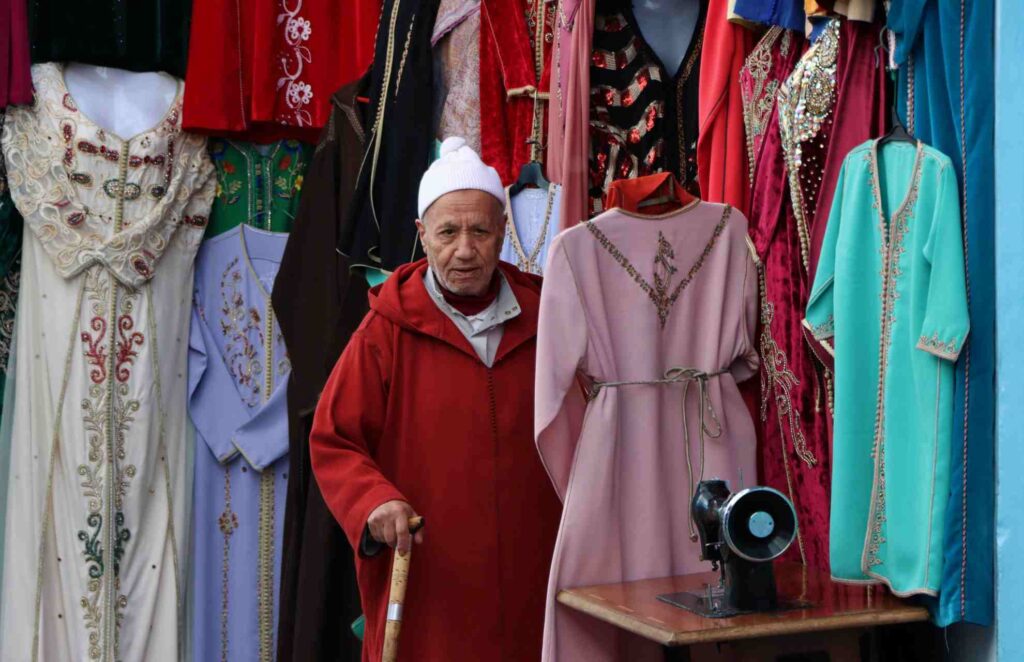
Where to buy souvenirs in Morocco: Best markets and shops
Knowing where to shop is just as important as what to buy in Morocco. Skip the mass-produced stalls and do your shopping in Morocco in souks and shops that offer true Moroccan craftsmanship.
Marrakech
Marrakech is Morocco’s most famous shopping city — a vibrant tangle of alleyways and stalls that feel straight out of a storybook. The souks here are vast and colorful, especially around Jemaa el-Fnaa square, where you’ll find everything from textiles and spices to jewelry and metalwork.
- Souk Semmarine: A lively maze of textiles, leather, and jewelry. For quality items, explore several shops away from the main path.
- Souk el-Henna: Specializes in henna, natural beauty products, and argan. Great for beauty product lovers.
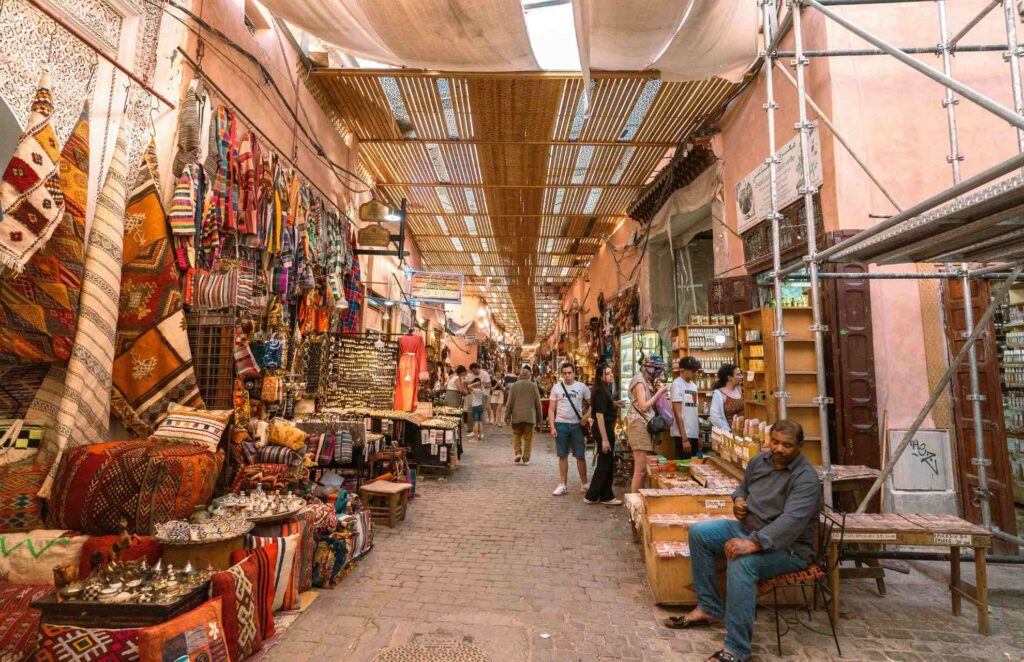
Fez
Fez’s historic medina is one of the oldest in the world — and one of the most immersive shopping in Morocco. Narrow lanes lead to centuries-old workshops and souks that still follow traditional methods. Expect to get lost (in the best way) while discovering high-quality Moroccan souvenirs.
- Souk el-Attarine: A paradise for spice lovers — find fresh saffron, olive oil, and other culinary treasures.
- Leather tanneries: The source of Fez’s famous leather. Visit early to avoid crowds and strong odors.
- Ceramic workshops: Authentic pieces with traditional techniques. Often a better deal than tourist shops.
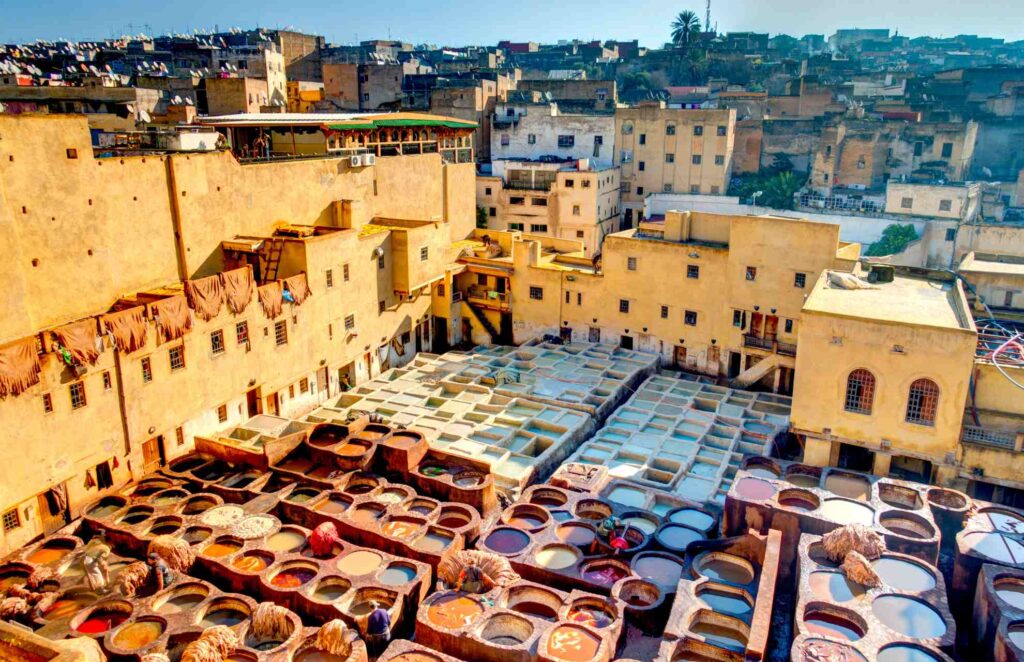
Agadir
Agadir may be more modern than Morocco’s ancient cities, but its Central Market is a local favorite. Less chaotic and more affordable, this is a great place to shop for souvenirs from Morocco without the tourist markup. It’s also ideal for relaxed browsing and friendly bargaining. Get an eSIM for Morocco so you can navigate Agadir without a guide, and find the best transportation options to get there.
- Central Market: Great for visitors seeking a more relaxed and authentic experience. Prices can be 20–30% lower than in Marrakech.
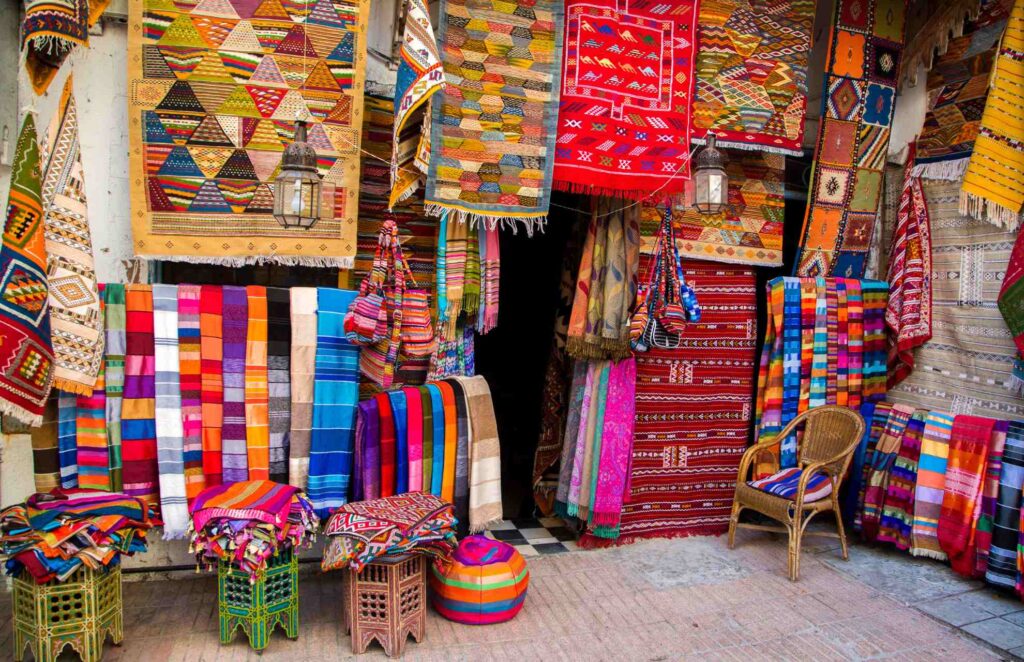
Traveler’s tip
Visit Morocco’s Middle Atlas Mountains to discover shops and cooperatives where artisans create rugs, olive oil, and other traditional goods. A local guide can help find the best quality items and negotiate a fair asking price. If you don’t have the help of a local, accessing translation apps with an eSIM or prepaid Morocco SIM card can help break down the language barrier!
Morocco shopping tips: How to buy like a local
Shopping in Morocco isn’t just about what you buy — it’s how you buy it. Haggling is expected, charm is a currency, and finding the best treasures takes patience. Whether you’re in a buzzing city souk or a quiet village shop, these tips will help you navigate Morocco shopping like a local.
- Bargaining is part of the culture: Always negotiate. Vendors expect it — start low, be friendly, and settle near the middle.
- Take your time: Don’t rush your visit. Good items often come out after trust is built.
- Examine quality: Feel the texture of leather goods, check the stitching, and inspect color consistency in ceramics and textiles.
- Bring cash: Small shops often don’t take cards. You’ll also get better deals.
- Support ethical shopping: Buy from women’s cooperatives and artisans in small villages, especially in southern Morocco.
Getting your Moroccan treasures home
Once you’ve found your perfect souvenirs from Morocco, it’s time to think about how to get them back in one piece. From fragile lanterns to woven textiles, here’s what you need to know about shipping, customs, and smart packing.
Shipping options
If your Morocco packing list has grown exponentially and your luggage is close to bursting, there are several ways to ship your souvenirs home. Many shops, especially those selling larger items, can help you organize affordable and safe international shipping.
- Express shipping: DHL or FedEx for fast, reliable service (more expensive).
- Moroccan postal service: Budget-friendly but slower.
- Hotel assistance: Ask your tour manager or hotel concierge — many offer help with packaging and sending items.
Pro tip: Shipping is often cheaper than airline excess baggage fees for large pieces like Berber carpets or lanterns. Many shops include shipping for high-value purchases.
Customs and what you can bring back
To avoid surprises at the airport, it’s good to know what you can legally bring home. Morocco has a wide range of export-friendly goods, but a few things are regulated or restricted.
- Allowed: Commercially packaged spices, argan, and olive oil.
- No restrictions: Textiles, ceramics, traditional clothes, and leather.
- Declare if antique: Anything over 100 years old needs documentation.
- Prohibited items: Fossils without permits, cannabis products, endangered animal goods, and counterfeit designer items.
Packing tips
If you’re traveling with fragile items or bulky textiles, a little planning goes a long way. These packing strategies will help ensure your Moroccan treasures arrive safely.
- Bring a foldable duffel bag to handle extra purchases.
- Wrap ceramics in clothes and place them in the center of your checked luggage.
- Use vacuum bags to compress carpets, blankets, and Moroccan clothes.
- Keep receipts accessible — they’ll help with customs if needed.
Final thoughts: Bring Morocco home with you
Whether you’re drawn to Moroccan oil, leather, rugs, or spices, the best souvenirs from Morocco carry more than visual appeal — they hold stories, memories, and the warmth of Moroccan culture and hospitality.
Before you zip up your suitcase, leave space on your Morocco packing list for a few treasures. And if your baggage is already full, make your own souvenirs — take plenty of beautiful photos and store them safely in the cloud. For that, you’ll need unlimited data, and a Holafly eSIM for Morocco will keep you connected throughout your adventure.







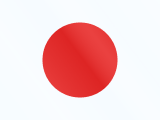
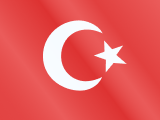
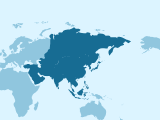
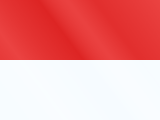

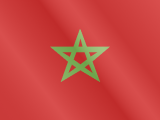
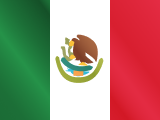
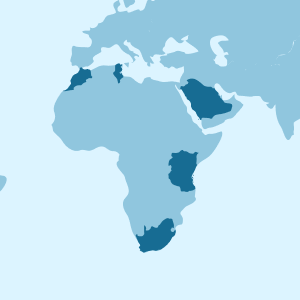



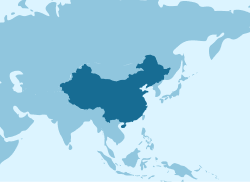

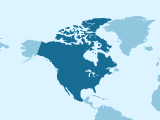

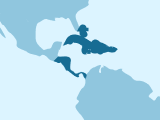
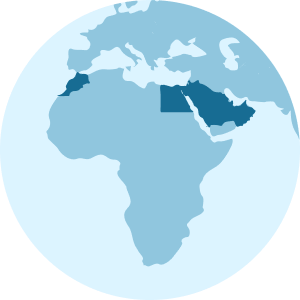
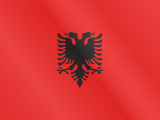
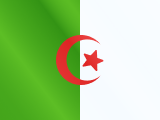
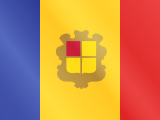
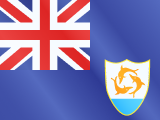

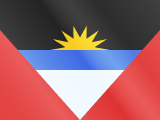
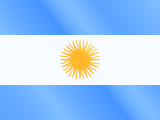
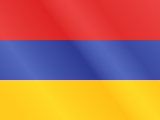
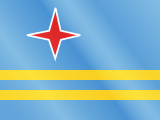

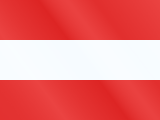
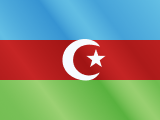
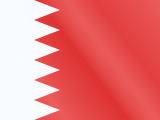
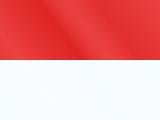
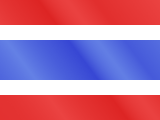
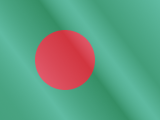
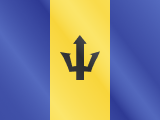





 Pay
Pay  Language
Language  Currency
Currency 


















 No results found
No results found






